WORLDWIDE: HEADLINES
Japan’s Factory Output Dips More Than Expected As Risks Emerge
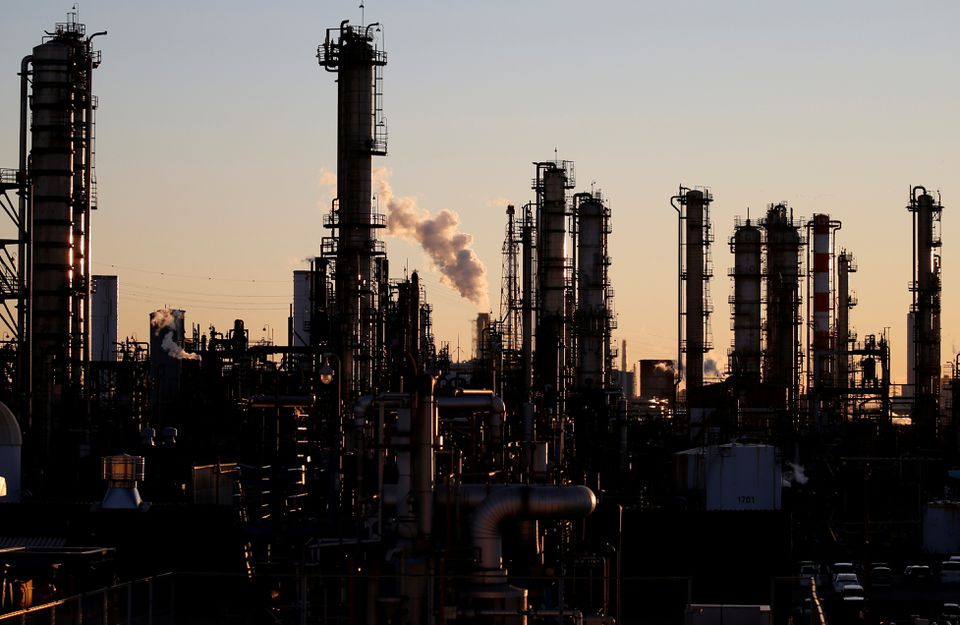
Japan’s factory output shrank for the first time in three months in December as a decline in machinery production outweighed a small rise in autos, casting a cloud over the strength of the economic recovery.
Retail sales posted their third straight month of year-on-year gains in December as low coronavirus cases encouraged shoppers. Record infections this month driven by the Omicron variant, however, are expected to have hit consumer sentiment.
Factory output lost 1.0% in December from the previous month, data showed on Monday, pulled down by a decline in output of general-purpose and production machinery, including chip-making equipment and engines used in manufacturing.
That meant that output, which fell faster than the 0.8% decline forecast in a Reuters poll of economists, dropped for the first time in three months.
“Output especially fell among capital goods makers, probably due to the strong impact from the chip shortages,” said Takeshi Minami, chief economist at Norinchukin Research Institute.
“It suggests its impact is widening even though the focus has been on the car industry.”
Automakers have been forced to curb production even as demand in key markets such as China rebounds, while they also have had to contend with soaring semiconductor demand at consumer electronic companies.
The data showed output growth of cars and other vehicles slowed to 1.5% from the previous month in December, much weaker than the 43.7% surge in November and a 15.9% jump in October.
Some companies in the car industry had weathered the competition for chip supply better than others, a government official said.
Full coverage: REUTERS
UK Businesses Scale Back Pay Plans Despite Higher Inflation – Lloyds
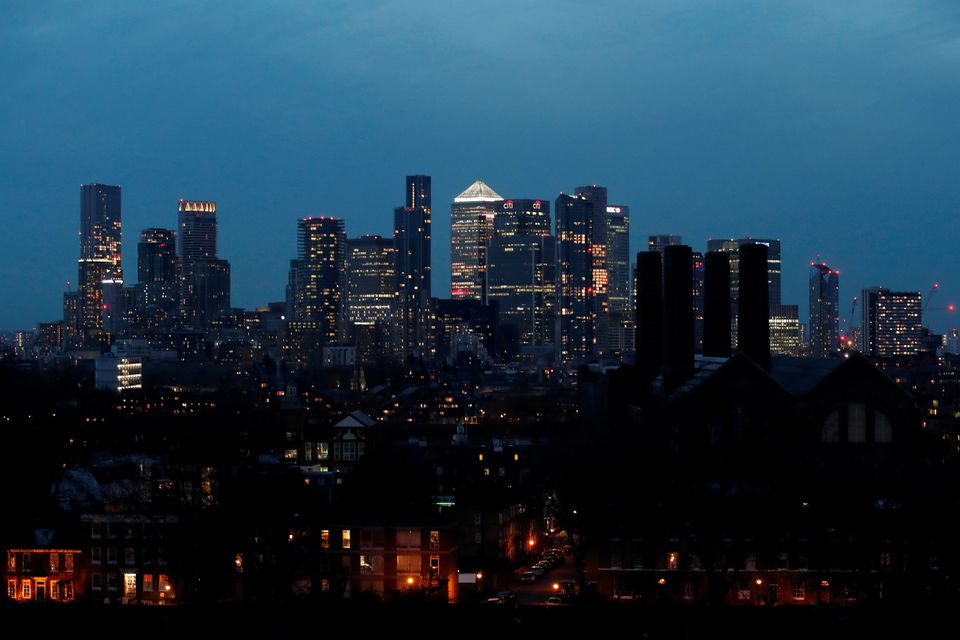
British businesses are scaling back plans for pay rises and hiring, but almost half intend to increase the prices they charge customers as they seek to manage rapidly rising costs, a survey showed on Monday.
The figures from a monthly Lloyds Bank survey will give mixed signals to the Bank of England on the persistence of inflation pressures – and the extent to which they will hamper growth – as it considers a widely expected rate rise this week.
A record 49% of the 1,200 businesses surveyed between Jan. 4 and Jan. 18 said they expected to raise prices, up from 45% in December.
But the proportion expecting to raise pay by 2% – well below the current 5.4% rate of inflation – fell to a five-month low of 41% from 48% in December.
The number planning pay rises of 3% fell to 21% from 26% and those share of those planning 4% pay rises dropped to 12% from 14%.
“Businesses remain cautious about the pandemic and are facing into challenges from rising cost pressures although many are raising their prices in response,” Lloyds Bank economist Hann-Ju Ho said.
Overall confidence slipped from December and hiring intentions were the lowest since August – although 46% of firms still plan to increase their headcount over the next 12 months.
A monthly survey from the Confederation of British Industry on Sunday showed that private-sector growth in the three months to January was the weakest since April, reflecting a big hit to many firms from a wave of Omicron cases in December and January.
Full coverage: REUTERS
WORLDWIDE: FINANCE/MARKETS
Asia Shares Edge Higher, Oil Keeps Climbing
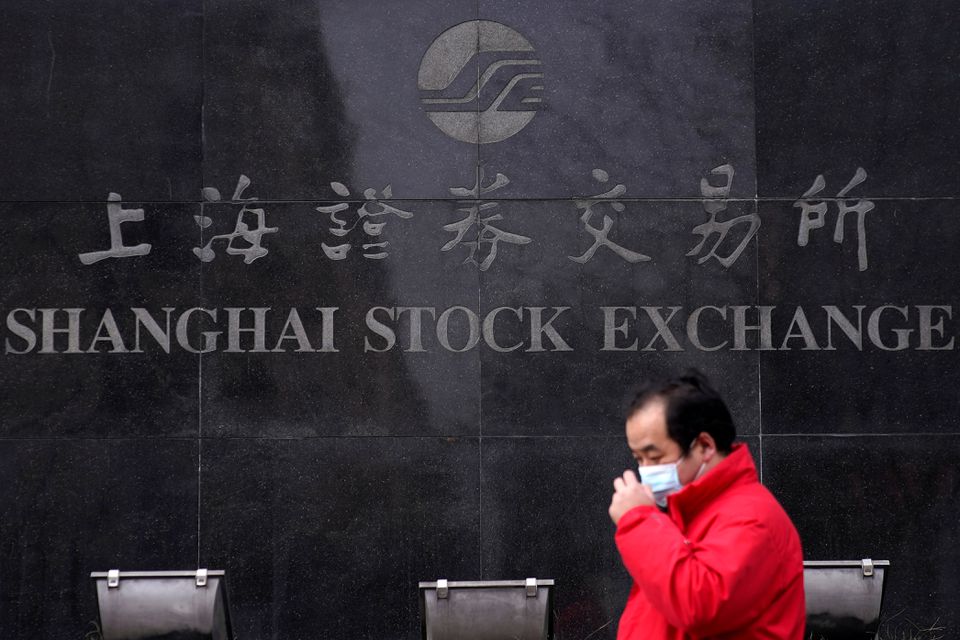
Asian share markets made guarded gains on Monday ahead of a week that is likely to see a rise in UK interest rates and mixed reports on U.S. jobs and manufacturing, while surging oil prices add to worries over inflation.
Data out on Sunday showed China’s factory activity slowed in January as a resurgence of COVID-19 cases and tough lockdowns hit production and demand.
The standoff over Ukraine remains a thorn in the market’s side, with concerns a Russian invasion would also cut vital gas supplies to western Europe.
Lunar New Year holidays made for thin conditions and MSCI’s broadest index of Asia-Pacific shares outside Japan (.MIAPJ0000PUS) nudged up 0.3% in slow trade.
Japan’s Nikkei (.N225) bounced 1% from a 14-month trough, though local data on industrial output and retail sales undershot forecasts.
S&P 500 futures and Nasdaq futures were both flat, while EUROSTOXX 50 futures rose 1% and FTSE futures 0.6%.
The Bank of England is likely to hike rates again this week, continuing the global trend toward tighter policy. The European Central Bank also meets but is expected to stick to its argument that inflation will recede over time.
Markets have swung to pricing in five hikes from the Federal Reserve this year to 1.25% , though investors still see rates peaking at a historically low 1.75-2.0%.
Analysts at BofA think that is not nearly hawkish enough.
“We point out that markets have underpriced Fed hikes at the start of the last two hiking cycles and we think that will be the case again,” says BofA chief economist Ethan Harris.
“Starting in March, we expect the Fed to start raising rates by 25bp at every remaining meeting this year for a total of seven hikes, with four more hikes next year,” he adds. “This would take the terminal rate to 2.75-3.00% by the end of 2023, which should slow down growth and inflation.”
Full coverage: REUTERS
Dollar Near 18-month High Ahead Of Bumper Central Bank Week
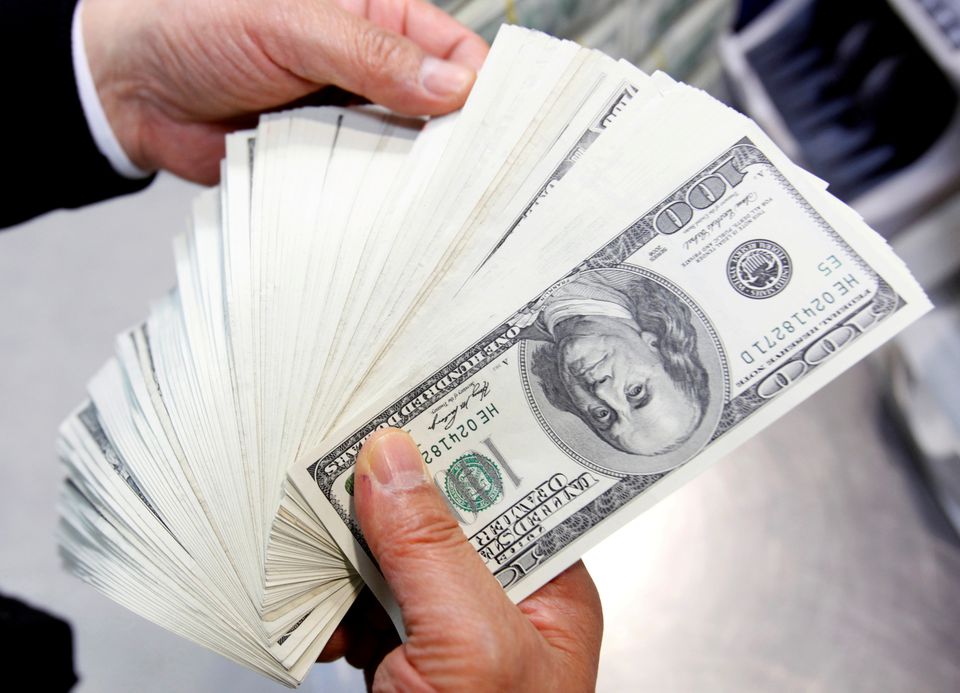
The dollar was near a year-and-a-half high against the euro on Monday with equities markets volatility expected to push it higher in the short-term as traders eyed upcoming Australian, UK and European central bank meetings.
The euro was at $1.1148, just off last Friday’s low of $1.1119, its weakest since June 2020. The Aussie dollar was at $0.6991, also languishing near Friday’s 18-month low, while sterling was at $1.34015, near the one-month low hit last week.
The greenback had its best week in seven months last week supported by investors seeking safety amid a sell-off in riskier assets and by analysts raising forecasts for U.S. interest rate hikes.
MSCI’s 50-country main world index (.MIWD00000PUS) is headed for its worst month since the start of the pandemic.
Market pricing now suggests a more than 90% chance of at least four rate hikes by the end of the year and a 67% chance of at least five.
“The USD ‘smiled’ again, drawing on a combination of rates repricing and much weaker risk sentiment,” said analysts at Barclays.
Looking forward, they said weak and volatile equities could support the dollar but the potential for further dollar gains based on rate hike expectations was limited, as last week’s moves mean an “aggressive normalisation cycle” is now priced in.
The dollar index, which measures the greenback against six major peers was at 97.205, just below Friday’s 18-month top of 97.441.
The yen was at 115.23 per dollar, in the middle of its recent range, buffeted by the headwind of rising U.S. rates with little prospect of rate hikes at home, but supported by some demand for it as a safe-haven.
While U.S. payroll figures are out on Friday, the focus this week shifts a little away from the Fed to other central banks.
Full coverage: REUTERS
Oil Rises, Hovers Near 7-year Highs On Supply Fears, Political Risks
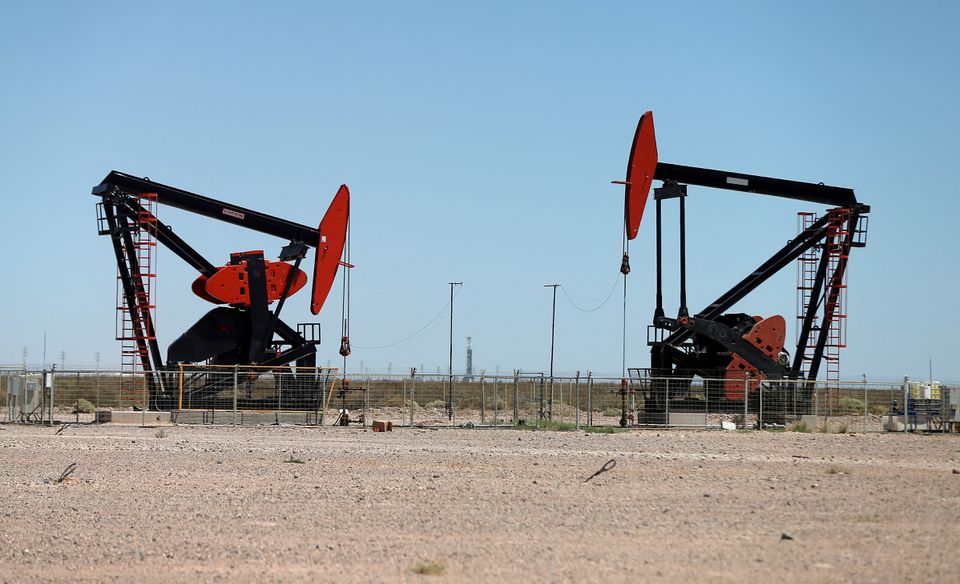
Oil rose 1% on Monday, hovering near 7-year highs hit in the previous session, amid concerns over tight supply as well as geopolitical tensions in Eastern Europe and the Middle East.
Brent crude rose 92 cents, or 1.0%, to $90.95 a barrel at 0051 GMT, after adding 69 cents on Friday. The front-month contract for March delivery expires later in the day.
The most-active Brent contract, for April delivery , was trading at $89.69, up $1.17 or 1.3%.
U.S. West Texas Intermediate crude rose 99 cents, or 1.1%, to $87.81 a barrel, having gained 21 cents on Friday.
Both benchmarks recorded their highest since October 2014 on Friday, $91.70 and $88.84, respectively, and a sixth straight weekly gain.
“Underlying anxiety about global supply shortages, coupled with ongoing geopolitical risks, have caused the market to start the week on a strong note,” said Toshitaka Tazawa, an analyst at Fujitomi Securities Co Ltd.
“With an expectation that OPEC+ will keep the existing policy of gradual increase of production, oil prices will likely stay on a bullish sentiment this week,” he said, predicting Brent to remain above $90 a barrel and WTI to head toward $90.
Major producers in the Organization of the Petroleum Exporting Countries (OPEC) and allies led by Russia, collectively known as OPEC+, have raised their output target each month since August by 400,000 barrels per day (bpd) as they unwind record production cuts made in 2020.
But they have failed to meet their production targets as some members have struggled with capacity constraints.
Full coverage: REUTERS


 Home
Home